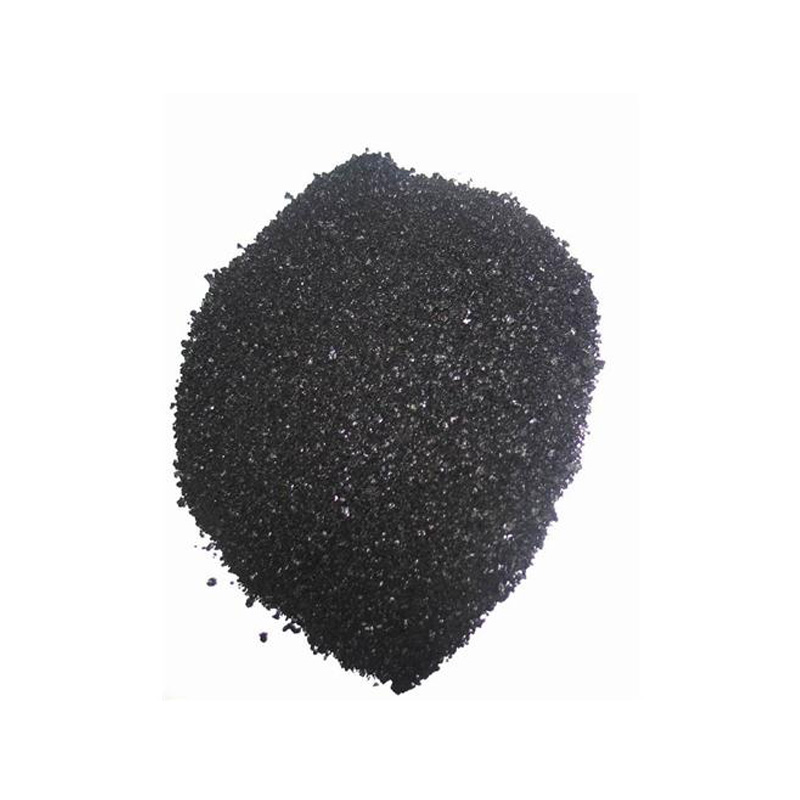Exploring the Rich History and Benefits of Indigo Powder for Health and Artistry
The Fascinating World of Indigo Powder
Indigo powder, derived from the leaves of the Indigofera plant, has captivated cultures around the globe for centuries. Its rich, deep blue hue has made it a staple in the dyeing industry, but its significance extends far beyond aesthetics. From ancient traditions to modern sustainability efforts, indigo powder is a remarkable substance that threads through the fabric of history, culture, and natural health.
The Fascinating World of Indigo Powder
The process of producing indigo powder is intricate and labor-intensive. The leaves of the Indigofera plant are harvested, then fermented to convert the indican within them into indigo dye. This dye is subsequently dried and ground into a fine powder, ready for use in various artistic and commercial applications. The quality of the indigo derived from different regions can vary greatly, influencing its shade and depth. As a result, artisans have developed unique techniques to manipulate the dye for specific effects, creating distinct styles rooted in their local traditions.
famous indigo powder black

In recent years, there has been a resurgence of interest in natural dyes like indigo, driven by a growing awareness of sustainability in fashion and textiles. A vast portion of the dyeing industry relies on synthetic dyes, which can be harmful to both the environment and human health. In contrast, indigo powder offers a non-toxic alternative that is not only biodegradable but also steeped in cultural heritage. Many artisans and designers are now embracing indigo dyeing techniques as a way to honor tradition while promoting environmentally friendly practices.
Indigo powder is also gaining recognition in the realm of natural health and wellness. Traditionally, it has been attributed with various medicinal properties, such as its purported ability to improve skin health and digestive function. In Ayurveda, the ancient system of medicine originating from India, indigo is used in various formulations for its cooling and detoxifying qualities. Though scientific research is still ongoing, many natural health enthusiasts advocate for the use of indigo powder in skin care products for its antibacterial and anti-inflammatory properties.
Moreover, the beauty of indigo lies in its versatility. It can be incorporated into various artistic mediums, from painting to cosmetics. The striking effect it creates has inspired countless artists and craftspeople to explore its potential. Tattoos that utilize indigo dye have also gained popularity, offering a natural alternative to conventional ink.
In conclusion, indigo powder is more than just a dye; it is a vibrant thread that weaves through our history and culture, showing how a simple plant can have far-reaching implications. As interest in sustainable practices grows, the value of indigo continues to be recognized both for its aesthetic qualities and its potential benefits in health and wellness. This remarkable powder not only brings beauty to our lives but also helps us reconnect with our roots and foster a respect for nature. As we move forward, embracing indigo may well lead us towards a more colorful, sustainable future.
-
Sulphur Black Dyes in Daily Use
NewsMay.07,2025
-
Indigo Dyeing for Daily Life
NewsMay.07,2025
-
Indigo Dye Production and Its Growing Demand
NewsMay.07,2025
-
Color That Lasts
NewsMay.07,2025
-
Bromo Indigo for Modern Use
NewsMay.07,2025
-
Blue From Nature
NewsMay.07,2025
-
The Timeless Color in Fashion and Textiles
NewsApr.10,2025

Sulphur Black
1.Name: sulphur black; Sulfur Black; Sulphur Black 1;
2.Structure formula:
3.Molecule formula: C6H4N2O5
4.CAS No.: 1326-82-5
5.HS code: 32041911
6.Product specification:Appearance:black phosphorus flakes; black liquid

Bromo Indigo; Vat Bromo-Indigo; C.I.Vat Blue 5
1.Name: Bromo indigo; Vat bromo-indigo; C.I.Vat blue 5;
2.Structure formula:
3.Molecule formula: C16H6Br4N2O2
4.CAS No.: 2475-31-2
5.HS code: 3204151000 6.Major usage and instruction: Be mainly used to dye cotton fabrics.

Indigo Blue Vat Blue
1.Name: indigo blue,vat blue 1,
2.Structure formula:
3.Molecule formula: C16H10N2O2
4.. CAS No.: 482-89-3
5.Molecule weight: 262.62
6.HS code: 3204151000
7.Major usage and instruction: Be mainly used to dye cotton fabrics.

